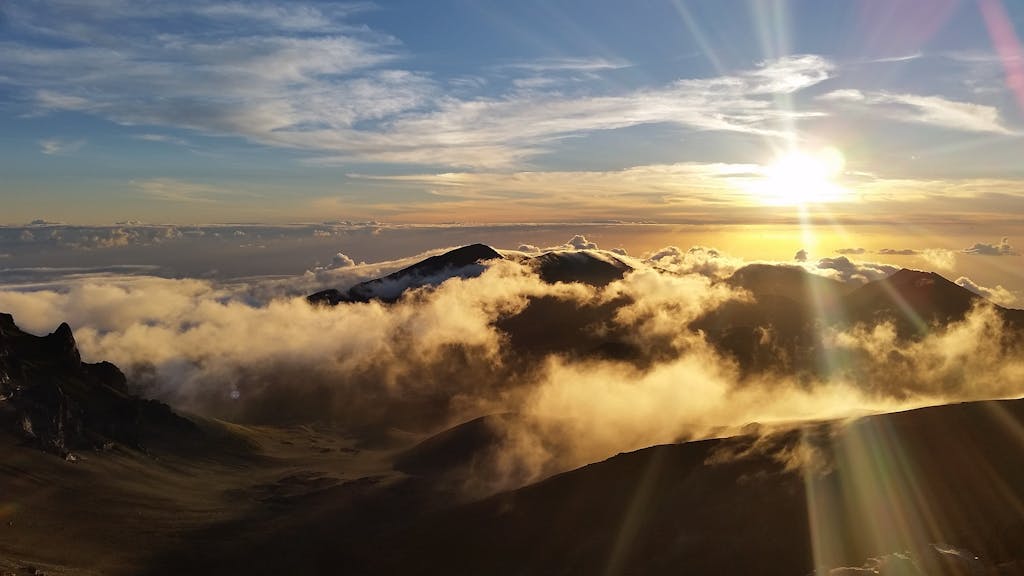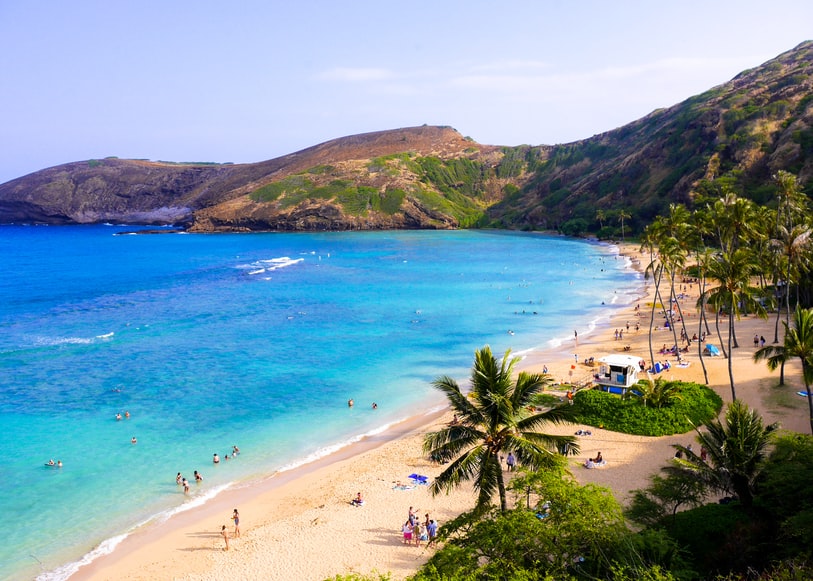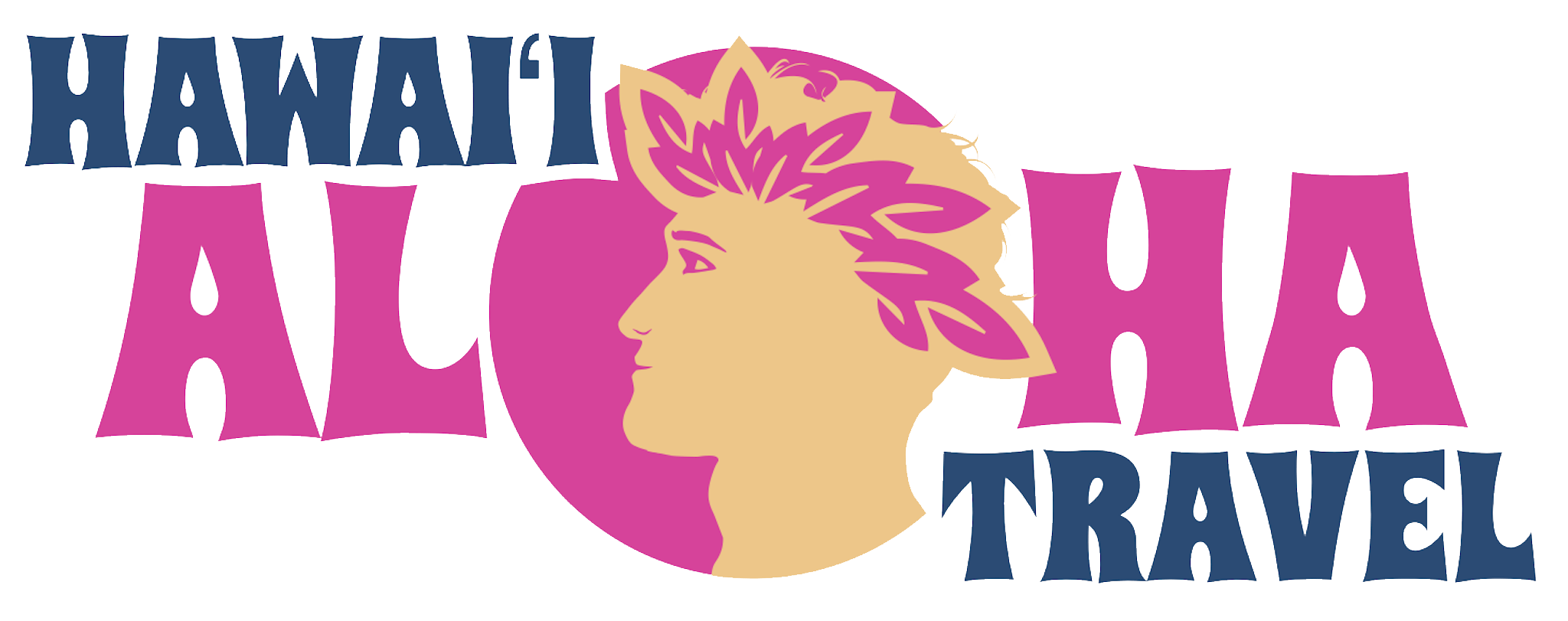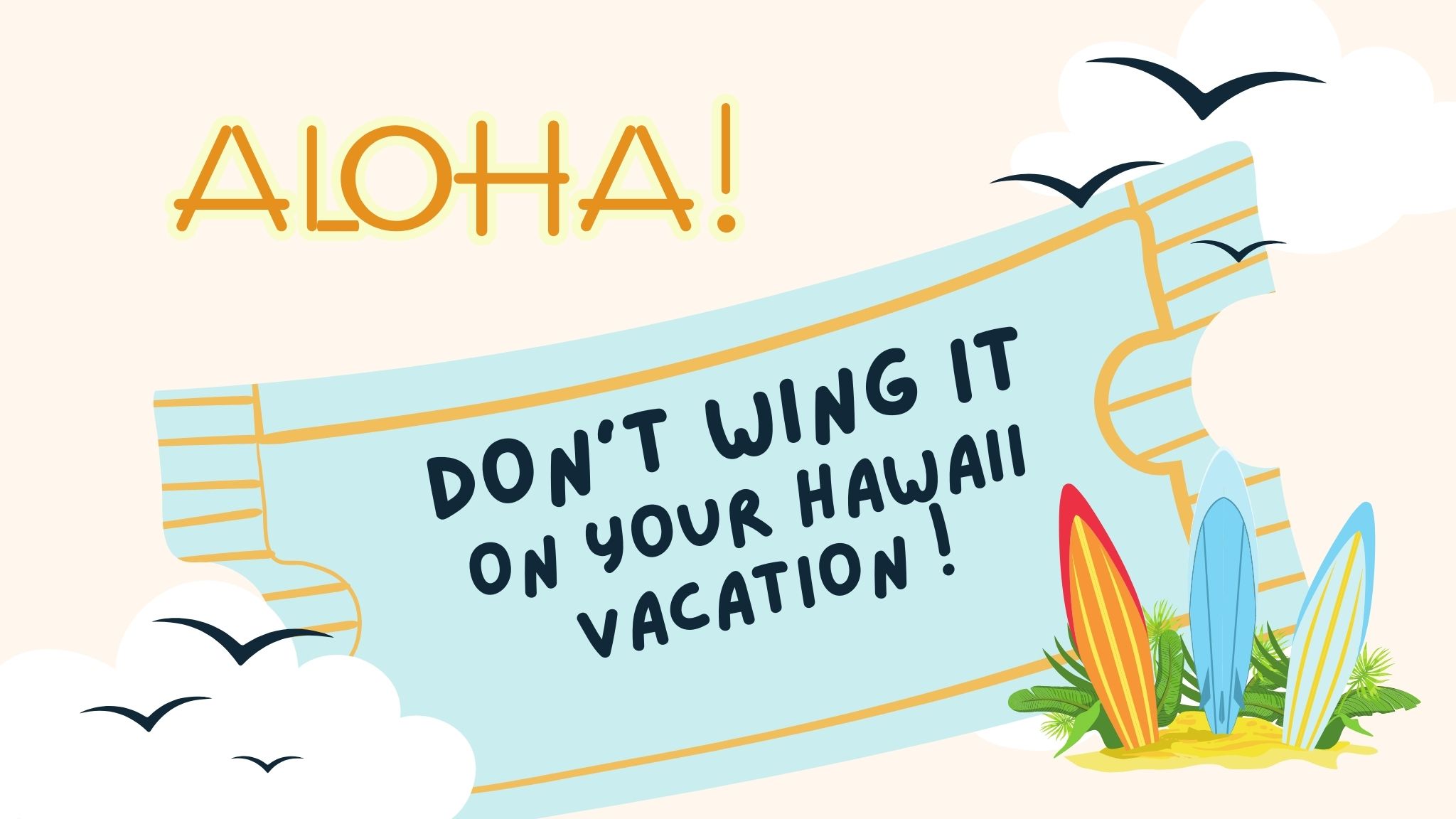If you haven’t been to Hawaii in a few years, there’s one big change waiting for you here: reservation requirements at parks and beaches.
It began as a way to control crowds and guarantee spots at high-demand attractions. Now the program has grown and spread throughout the state. You’ll see at select national, county, and state parks in Hawaii – but not all of them (not yet, anyway!).
What does that mean for your vacation? Well, you can no longer come to Hawaii and just “wing it.” Not without some disappointments, anyway. You’ll want to plan your itinerary with a little more care. And it all starts with knowing which attractions require reservations.
Let’s learn about Hawaii’s reservation requirements and get an idea of how to plan for it as you look forward to your vacation.
What to know About Hawaii Reservations at Park
Many parks and areas in Hawaii now require reservations to visit, and more will likely be added to the list in the next year or two.
This is to help keep crowds down, reserve space for residents, and help maintain some environmental balance.
Also, some areas have become off-limits except to approved tour companies. So though Waipio Valley on Hawaii Island isn’t a park and doesn’t have a public reservation system, you do need to book a tour in advance to visit that area.
But for now, reservations are just required at a handful of parks and locations that have been overwhelmed with visitors – especially since the post-COVID visitor surge.
In most cases, these aren’t make-or-break fees. Instead, it’s a few bucks that you need to pay online to secure your spot. Here’s what to look for as you reserve your Hawaii activities:
What Are You Paying For When You Make a Reservation?
Some reservation systems require you to pay a full entry fee when you sign up online. Others (like Haleakala National Park Sunrise Reservations) require you to pay a couple of dollars online and then pay your remaining entry fee at the gate. Review what you’re paying for as you make your reservations so there are no surprises later.
How Far In Advance Can You Reserve?
Most parks have a revolving window where you can make reservations. For example, you can make Pearl Harbor reservations up to 8 weeks in advance, with additional tickets becoming available the day before.
It’s Worth Checking for Last-Minute Hawaii Reservations
For peak days and times, reservations get booked up quickly. If you are planning a spur-of-the-moment outing, check on the reservation site to see if there happen to be any openings. It could be your lucky day. If not, head to a park that doesn’t require reservations.
Sunrise at Haleakala and Throughout Hawaii

It was always an early start if you wanted to watch the sunrise at Haleakala National Park. But we used to have to plan to get there even earlier than necessary because of crowds. When I took visitors up to the peak of Haleakala to watch the sunrise, we were always worried about the parking lots becoming full, and us getting turned away at the gate.
But then, in 2017, the park introduced a reservation system. For $1.50, you secured your spot in the park, allowing you to drive up without worrying about getting turned away. The reservations weren’t optional – you had to have one to access the park during sunrise hours.
Now, years later, the reservation requirement endures. And while some hopeful sunrise spectators see it as an obstacle to accessing Haleakala, I appreciate the assurance of it. You have your reservation, you’re all set, and you know you’re not risking getting turned away after waking up early and driving up to the mountaintop.
And, if you can’t secure a pass for sunrise access, you can always watch the (often equally) stunning Haleakala sunset without reservation.
Post-Covid Tourism Surge
During Covid, some parks began requiring reservations to control gathering sizes. But the real regulation happened post-covid, when tourism was rising rapidly, and many residents were getting fed up with the crowds.
Diamond Head Crater and Waianapanapa State Park in Maui began requiring reservations, and many other parks are following suit.
Most of these decisions come from the state (the system is most prevalent in state parks), though they also get input from the local community.
After all, the sudden rise in tourism in 2021 and 2022 created some conflict among Hawaii visitors. It seemed like the islands were more packed than ever. Neighborhood beaches were too crowded to enjoy; roads were dramatically backed up; and everyday activities like hiking and surfing were difficult to do because of the saturation of people.
Hawaii park reservations were one answer to this problem. Now, spots could be saved for residents while giving visitors a chance to plan and enjoy these popular locales as well.
Learning from Hanauma Bay

Improved technology helped make the Hawaii reservation system helpful for visitors. Take Hanauma Bay, for example. The famous snorkeling spot began charging visitors and controlling access in 1995. In the late 2010s, you could go online and make a reservation without paying.
Since you didn’t have to pay online, casual planners could make a reservation and then not show up. This meant many families missed out on their chance to snorkel in Hanauma Bay because spots were claimed by no-shows.
So, in 2021, the park began requiring payment as you make reservations. Now, anyone choosing their time slot is pretty serious about it. At $25 per adult, you’ll likely stay committed to your plans.
Mixed Opinions
What started as a way to control crowds and environmental impacts at a couple of the popular locales has spread throughout the state.
Reservations were once a way to keep crowds within certain limits. Turns out, it had a positive impact on locals, the environment, and the economy, so many locations have adopted or kept the practice even as life (and tourism) returns to normal.
So while some visitors squawk at the idea of needing to plan and pay special fees, many appreciate the structure and lower crowds thanks to the program.
Which Hawaii Locations Require Reservations

Now it’s time to begin planning your Hawaii vacation! Sure, you may need to think farther in advance, but chances are you’ll be rewarded with a great trip full of fun adventures.
Wondering which parks you’ll need to make special plans for? Here are the parks and areas that currently require reservations to visit.
Oahu
- Hanauma Bay Nature Preserve: $25 plus online credit card fees and a $3 parking fee. Free for residents, military, and children 12 & under. Reservations are open 2 days in advance. Limited same-day tickets are available in person beginning at 6:45 AM.
- Diamond Head State Monument: $5 per person and $10 per car. Free for Hawaii residents and children 3 & under. Reservations open up 30 days in advance.
- USS Arizona Memorial at Pearl Harbor: $1 per person plus parking. Reservations open up 8 weeks in advance with additional tickets available after 3 PM the day before.
- Lyon Arboretum: This public botanical garden and hiking area at the University of Hawaii requires reservations. It’s free to book online, and reservations open up the Friday before each week.
- Iolani Palace: Though not a public site, it’s important to remember you need reservations to visit Iolani Palace. They don’t take same-day or walk-in bookings. Tours start at $27 with kamaaina discounts available. Open for reservations throughout the year.
Maui
- Sunrise at Haleakala National Park: Reservations are only necessary if you enter between 3 AM and 7 AM. $1 per person plus the park entry fee that you’ll pay in person. They open bookings 60 days in advance, with additional spots available 2 days in advance.
- Waiʻanapanapa State Park: This is the black sand beach in Hana. Cost is $5 per person and $10 per vehicle. Residents are free and don’t need a reservation. You can book 30 days in advance.
- Iao Valley State Park: $5 per person and $10 per vehicle. Hawaii residents are free. You can book up to 30 days in advance.
Kauai
- Haʻena State Park: $5 per person plus $10 per car. You can also reserve a round-trip shuttle ride from Waipā Park & Ride for $40 per person. Parking and entry are free for residents with valid Hawaii I.D. Reservations open up 30 days in advance.
- Kauai Botanical Gardens: Many of the nonprofit botanical gardens on Kauai require reservations, so plan if you want to explore these gorgeous locations.
Hawaii Island
- Waipio Valley: The access road to Waipio Valley is closed to the public. If you want to visit the area, you’ll need to book a guided tour with an approved company. Contact Hawaii Aloha Travel if you’d like help reserving your trip.
In addition to the above attractions, we highly recommend making many dining reservations in advance as well. Popular restaurants like Mama’s Fish House on Maui have always booked up months in advance. But now it’s becoming even more difficult to score seats at top restaurants. We recommend booking your top-choice dining at least a month in advance.
The Future of Hawaii Reservations
Whether you love or hate the Hawaii reservation requirements (or have just accepted them without much thought), they’re here to stay. And they’ll likely expand to other public attractions as well.
As the reservation system shows positive results throughout the islands, community members and policymakers are eyeing other popular beaches for similar programs.
Consider the crowds and parking issues at Lanikai Beach on Oahu, or Kapalua Bay in Maui. If you could pay a fee to guarantee a parking spot and enjoy less crowds – would you do it?
Lawmakers are working on a bill to develop an app that visitors will use to make their reservations at county and state parks throughout Hawaii. This would expand the number of parks requiring a reservation but also make it easier for visitors to manage.
Of course, bills take a while to pass, and they often fail. In 2023, for example, the governor endorsed a bill that would charge visitors an annual $50 fee to access any state parks. The bill transformed throughout its life but eventually died out – likely because it was complicated to nail down details for implementing it legally and effectively.
So does that mean you’ll soon be paying an individual fee for each park and beach you visit?
While many locations will likely remain free and simple to visit, we’re sure we’ll see more that require some careful planning (and a little bit of money).
That’s why it’s essential to work with a local travel agent who’s keeping track of changes, ready to manage the reservation timetable, and able to answer any questions you have about the rules.
Contact us today to learn more about how we can help plan your Hawaii Vacation, whether you want to access these reservation-required locales or want something less rigid. We can help plan a vacation that fits your traveling style – and includes some of the island’s must-see destinations.

